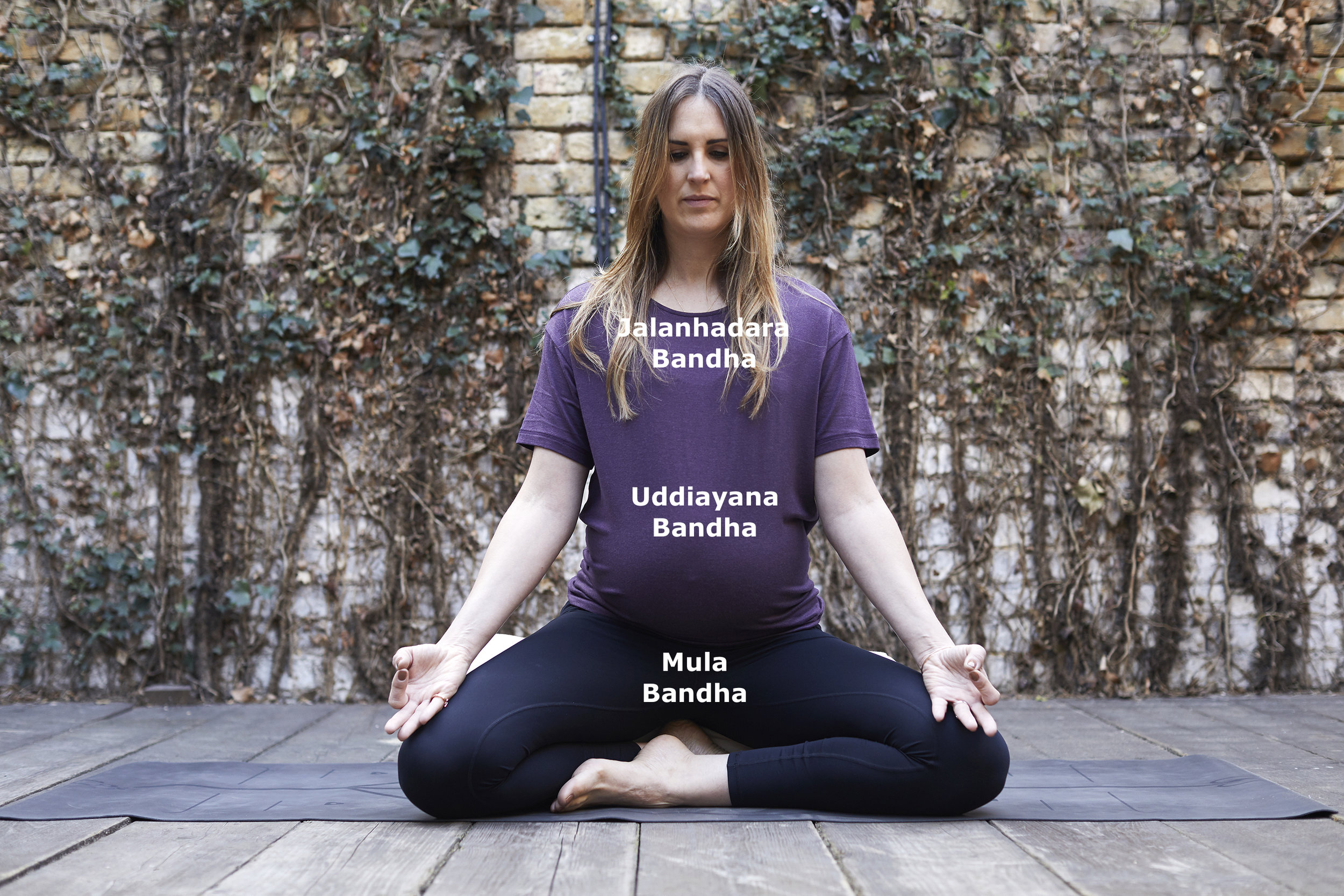Unlock your potential with Bandhas
Some of you reading this may already know what Bandhas are and be using them in your yoga practice. For those of you that are newer to yoga this blog will give you some insights into what Bandhas are, the benefits and how you can apply them to your practice.
What are Bandhas and where can you find them?
Bandhas in yoga are known as energetic ‘locks’ or valves, found in specific parts of the body. Once engaged they support the flow of energy through the body. Two of the Bandhas can allow us to move more upwards against the downward pull of gravity, particularly in our physical (asana) practice. The third Bandha is primarily used in our pranayama (breath) practice.
Here are the three major Bandhas:
Mula Bandha: the ‘root’ lock can be found in the pelvic floor
Uddiyana Bandha: the ‘upward flying’ lock can be found in abdominal muscles up to the diaphragm
Jalanhadara Bandha: the ‘throat’ lock, the muscles at the front of the neck
So, how do we use them?
Mula Bandha: The Root Lock
These muscles are part of the pelvic floor and can be activated by using a subtle lift action. You can visualise it as a diamond shaped group of muscles between the pubis bones, the two ischium (sitting bones) and the coccyx (your tailbone).
Find it by:
Sitting or standing and contract the area between your anus and your pubis. Initially you might find that the anus automatically engages, but over time and with practice you’ll be able to zone into this specific region.
In class you might hear it taught as ‘pulling up between your pelvis and your tailbone’.
Benefits:
Drawing attention to these areas and activating a subtle lift action can alleviate pre-existing tightness or tension or lower back pain - it can also help prevent future lower back injury.
Postures you will find it helpful in are:
Tadasana (Mountain Pose)
Kumbhakasana (Plank Pose)
Bakasana (Crow Pose)
Uddiyana Bandha: Upward Flying Lock
Physically Uddiyana Bandha is the engagement of the abdominal muscles and is activated at the bottom of an exhale.
Find it by:
Standing up tall, feet about hip width apart, inhale through your nose and reach your arms up alongside your ears. As you exhale out of your mouth, fold forward placing your hands just above your knees. Without inhaling feel your abdominals - you should notice that everything has moved up and backwards.
In class you might hear it taught as ‘draw your navel into towards your spine as you draw upward towards your ribcage’.
Benefits:
This helps to both tone and create space for the abdominal organs as the diaphragm is drawn upwards under the ribcage.
Through the activation of Uddiyana Bandha it can allow yogis to fly! This can be helpful when transitioning from one posture to another, especially if used alongside Mula Bandha.
Postures you will find it helpful in are:
Moving from Adho Muhka Svanasana (downward facing dog) to Uttanasana (forward fold)
Urdhva Dhanurasana (Upward Bow/Wheel pose)
Jalanhadara Bandha: The Throat Lock
This is activated by tilting the chin towards the chest/sternum. Jalanhadara Banha, although it does support some physical postures, it is typically engaged during the pranayama (breathing) practices of yoga.
Find it by:
Sitting up tall, either in a cross legged or kneeling position. Place the hands just above your knees either hands up to be open or hands down to invite a sense of grounding. Firmly root down through your sitting bones, take a nice slow inhale and then as you exhale bring your chin towards your neck.
Benefits:
By engaging this lock you can stimulate the thyroid, this helps balance the hormones responsible for our metabolism.
Postures you will find it helpful in are:
Meditation
Pranayama practice

